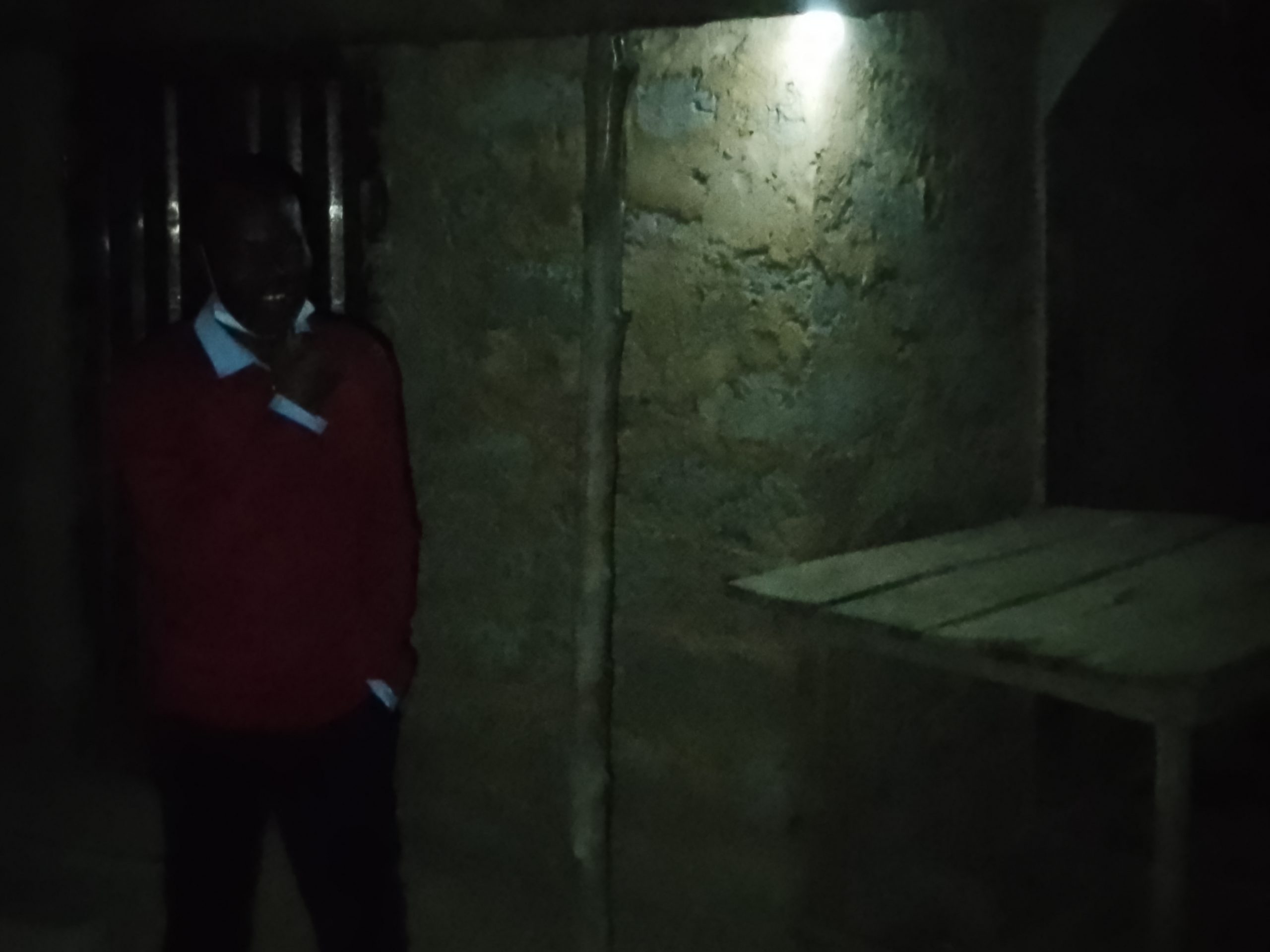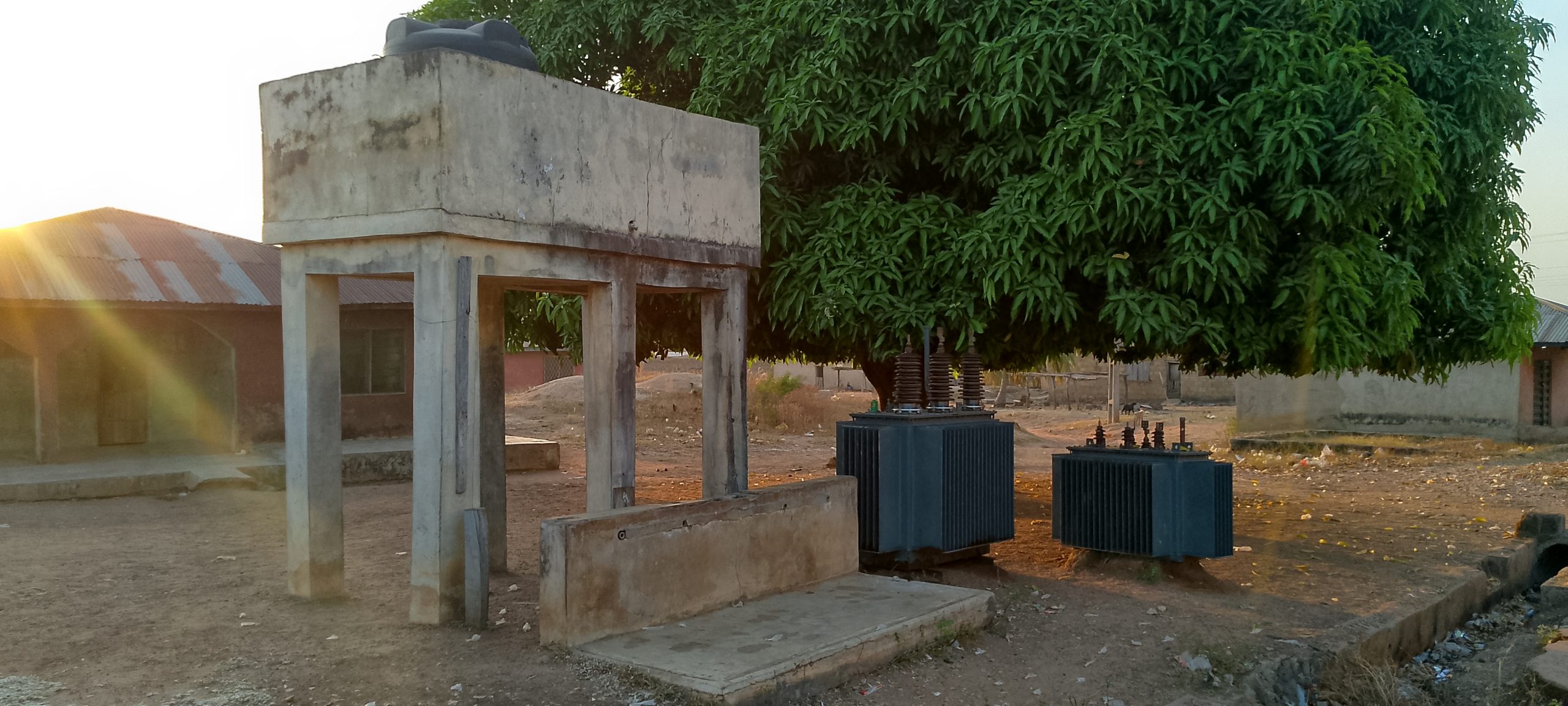
Electricity is often taken for granted in Nigeria’s bustling urban centres. High-rise buildings are bathed in lights, neon signs pulse vibrantly, and homes hum with the sound of appliances. Yet, in Irawo Owode and countless rural communities, the story is strikingly different. Here, life dims after sundown. Students huddle around weak flames or solar lamps to study, artisans abandon their tools, and businesses shutter early. This is not by choice but by circumstance.
This disparity is not just an economic inconvenience; it is a barrier to human development. Energy access is a proven driver of education, entrepreneurship, and security. When towns like Irawo Owode remain in the dark, their progress stalls. Poor lighting compromises safety, exposing residents to crime and accidents. Educational opportunities shrink as children cannot study effectively at night. The local economy stagnates, with shops and businesses unable to operate beyond daylight hours. In essence, a lack of electricity dims futures as much as it dims homes.
In the heart of Irawo Owode, where shadows stretch long under the night sky, a solitary light flickers—a beacon powered not by the national grid but by the sun’s forgotten rays. It is a light that does more than illuminate; it narrates a story of struggle, resilience, and the urgent need for change. This small town, like countless others across Nigeria, stands as a stark reminder of the yawning gap between urban development and rural neglect, where electricity remains a luxury rather than a basic right.
Register for Tekedia Mini-MBA edition 19 (Feb 9 – May 2, 2026): big discounts for early bird.
Tekedia AI in Business Masterclass opens registrations.
Join Tekedia Capital Syndicate and co-invest in great global startups.
Register for Tekedia AI Lab: From Technical Design to Deployment (next edition begins Jan 24 2026).
Our analyst in Irawo Owode’s Lightfall scene

The photograph of Irawo Owode captured by our analyst and his team during a late evening fieldwork session is more than a visual representation; it is an allegory of adaptation and survival. A dim solar-powered bulb struggles against the enveloping darkness, casting faint silhouettes on mud walls and rickety wooden tables. A lone figure, barely visible, is swallowed by the gloom. It is an image that unsettles and inspires in equal measure. It urges us to confront an inconvenient truth: millions of Nigerians are still left behind in the country’s electrification drive, their lives shaped by shadows that the rest of us hardly notice.
The Light of Resilience: Solar Power as a Lifeline
But amid this systemic failure, the people of Irawo Owode demonstrate a resilience that is nothing short of inspiring. The dim solar-powered light in the photograph is evidence of their determination to adapt. Where the national grid has failed, the sun has become a lifeline—a small but significant reprieve from total darkness. Solar energy, despite its limitations, is empowering this community to reclaim agency over their lives, even if on a modest scale.
The implications of this adaptation are profound. It speaks to the ingenuity of rural Nigerians who find solutions where systems fail them. It reveals the untapped potential of renewable energy in closing the energy gap for underserved communities. But it also raises a critical question: why must citizens be left to fend for themselves when energy access is a fundamental human right?
Bridging the Gap
The plight of Irawo Owode is not an anomaly. Nigeria, despite being Africa’s largest economy, has one of the lowest electrification rates in the world, with rural communities bearing the brunt of this deficit. According to the World Bank, over 85 million Nigerians lack access to grid electricity, a figure that highlights the magnitude of the challenge.
However, this challenge is not insurmountable. The solution lies in a deliberate and strategic shift towards renewable energy investments, policy reforms, and public-private partnerships. Solar power, as evidenced by Irawo Owode, holds immense potential to transform rural communities. By scaling up solar microgrids and community solar systems, we can provide consistent and affordable energy to towns and villages across the country.
Two transformers awaiting connection to the national grid

Governments must take the lead by prioritizing rural electrification in their development agendas. Policies that incentivize renewable energy adoption, particularly in underserved areas, are crucial. Equally important is the role of the private sector in driving innovation and investments in clean energy solutions. Community-based capacity building—where locals are trained to install and maintain solar systems—can further empower residents, creating jobs and sustaining energy solutions.
From Shadows to Light
Lightfall in Irawo Owode is more than a physical phenomenon. It is a metaphor for the systemic darkness that rural communities endure. But within that darkness lies a flicker of hope, powered by the ingenuity of the people and the promise of renewable energy. It is time to amplify that light, to scale solutions, and to ensure that no community is left behind. The path forward is clear: invest in energy access, bridge the rural-urban divide, and empower communities to step into the light. Irawo Owode may be a small town, but its story holds a lesson for the entire nation—when we light up one community, we ignite the potential of a thousand others. And in that light, Nigeria will find its true brilliance.
A New Dawn for Rural Nigeria
Imagine an Irawo Owode where the night no longer feels like an enemy. Picture children studying under bright, consistent lights; artisans working into the evening to meet demand; local businesses thriving beyond sunset; and families gathering safely under well-lit streets. This is not a utopian vision, it is an achievable reality.
The story of Irawo Owode is not one of hopelessness but of possibility. The faint solar light in that photograph is proof that even the smallest interventions can create ripples of change. It is a call to action for policymakers, innovators, and stakeholders to see rural electrification not as a burden, but as an opportunity to transform lives and unlock potential.




Thanks for your concern